Tracking Customer Retention and Loyalty Made Simple with These Metrics
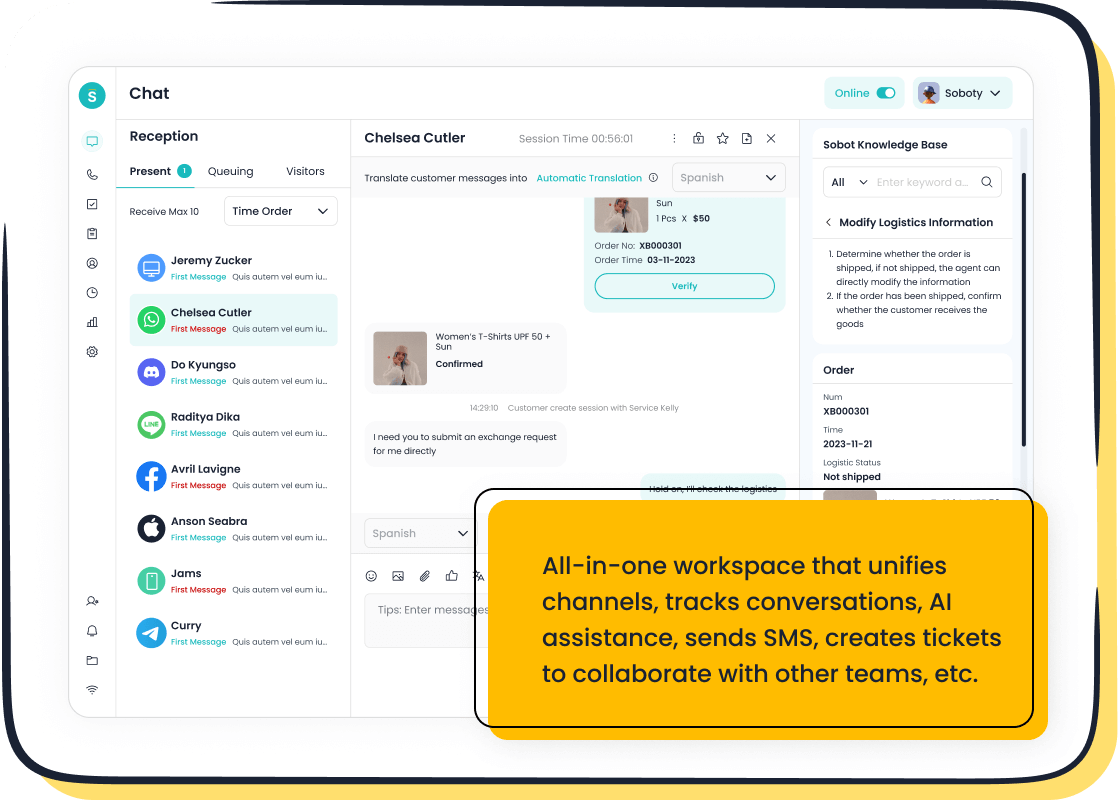
You can easily track customer retention and customer loyalty with proven metrics and the right tools. Metrics like Customer Retention Rate, Repeat Purchase Rate, and Net Promoter Score reveal how well you keep and satisfy your customers. Using Sobot Live Chat, you create a seamless customer experience, which helps you boost retention and loyalty. Top brands, such as Michael Kors, have seen an 83% drop in response time and a 20% rise in conversion by focusing on these measures.
| Metric | Impact Example |
|---|---|
| Retention Rate | SaaS leaders reach 95% retention |
| Repeat Purchase Rate | Shopify stores see 30% loyalty |
| Customer Satisfaction | Michael Kors hit 95% satisfaction |
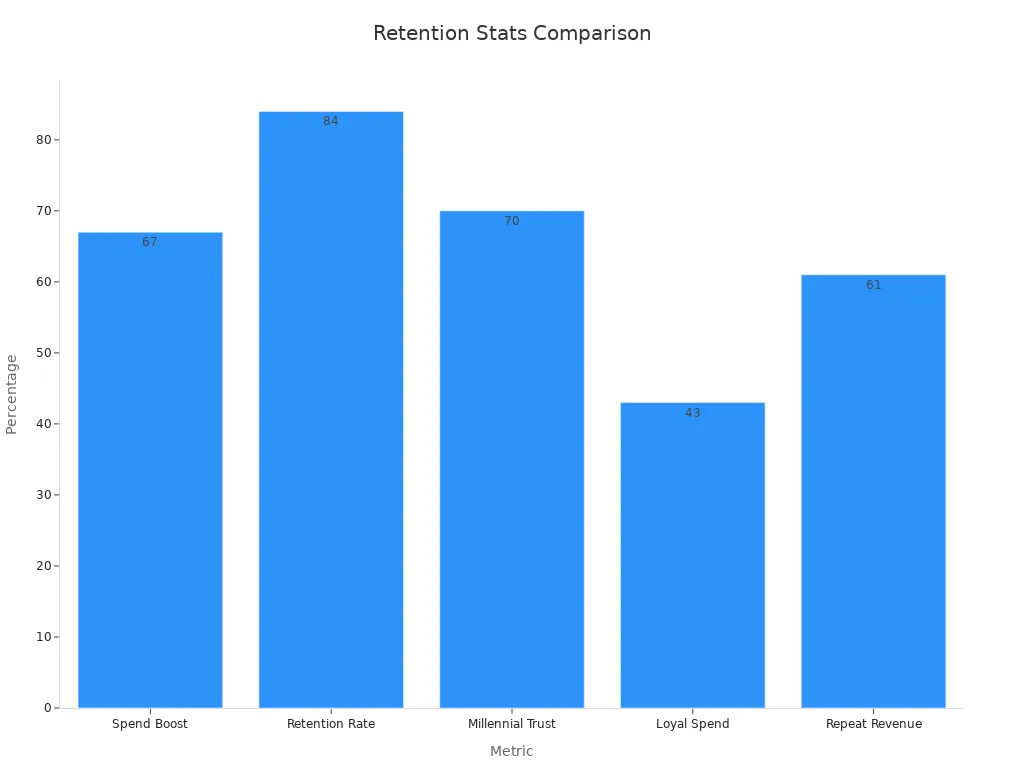
Customer Retention and Customer Loyalty Basics
Key Definitions
You need to understand the difference between customer retention and customer loyalty to grow your business. Customer retention means you keep your customers coming back to your brand or service over time. You measure this with customer retention metrics like customer retention rate, which shows the percentage of customers who stay with you during a set period. Customer loyalty goes a step further. Loyal customers not only return but also recommend your brand to others, buy more often, and show trust in your products. Metrics such as Net Promoter Score and repeat purchase rate help you track loyalty. When you use tools like Sobot Live Chat, you can monitor these metrics across every channel, making it easier to see how well you retain and engage your customers.
Why They Matter
You should care about customer retention and customer loyalty because they drive long-term business success. Research shows that focusing on retention reduces churn and leads to higher growth. Loyal customers spend more per order. For example, American Express found that customers spend 13% more with companies that deliver excellent service. Bain & Company discovered that repeat buyers make larger purchases over time. The top 1% of eCommerce customers spend 30 times more than average shoppers. Companies that track customer retention metrics, like customer retention rate and customer lifetime value, see a near 200% higher chance of growing their market share. Retention strategies also lower costs, as it is easier and cheaper to upsell to loyal customers. Using platforms like Sobot, you can analyze customer behavior, personalize engagement, and improve retention with data-driven decisions.
Customer Retention Metrics Overview
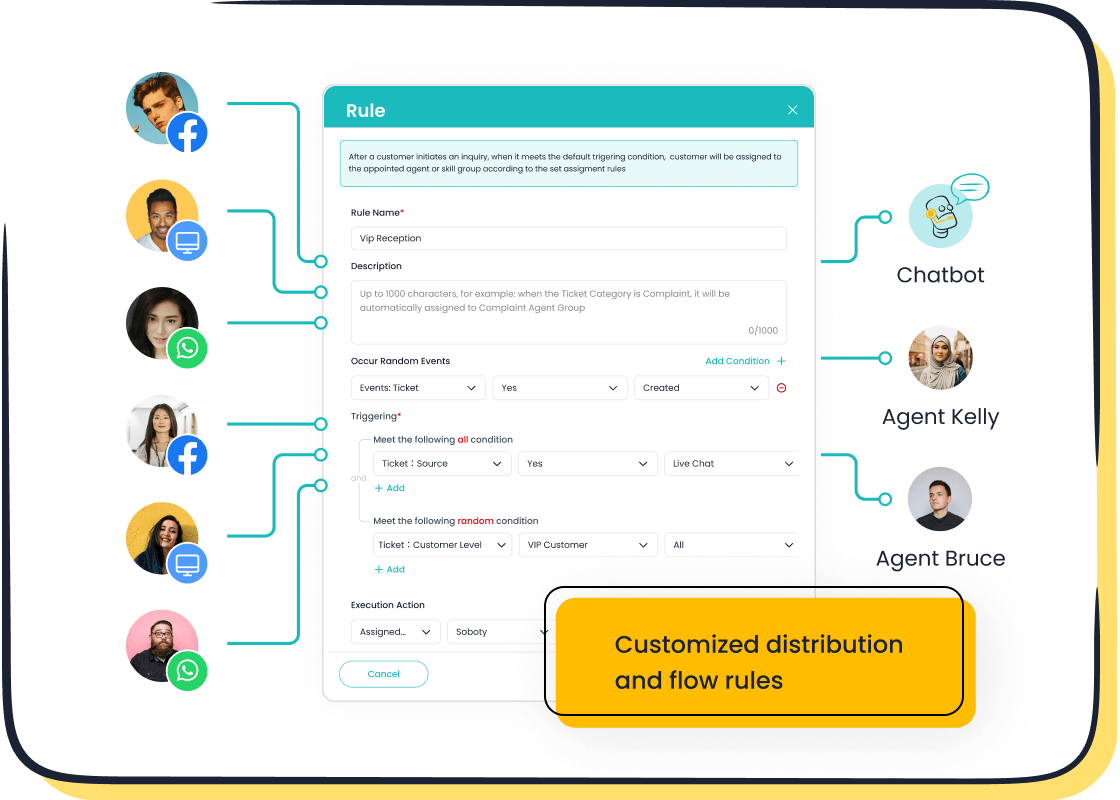
Understanding customer retention metrics helps you see how well your business keeps customers coming back. These metrics give you a clear picture of your strengths and areas for improvement. By tracking the right customer retention KPIs, you can reduce churn, increase loyalty, and grow your revenue. Let’s look at the most important metrics for customer retention analysis.
Customer Retention Rate
Customer retention rate shows you the percentage of customers who stay with your business over a set period. This metric is one of the most important customer retention KPIs. You calculate it by taking the number of customers at the end of a period, subtracting new customers gained, dividing by the number of customers at the start, and multiplying by 100. For example, if you start with 200 customers, gain 40 new ones, and end with 220, your customer retention rate is 90%. High customer retention rates mean your business keeps customers happy and loyal.
Here’s a table showing average customer retention rates across different industries:
| Industry | Average CRR | Comparison to Overall Average |
|---|---|---|
| SaaS | 68% | Slightly below average (-7%) |
| Banking | 75% | Equal to average |
| Commercial Insurance | 83% | Above average (+8%) |
| Healthcare | 77% | Above average (+2%) |
| Hospitality & Travel | 55% | Below average (-20%) |
| IT Services | 81% | Above average (+6%) |
| Manufacturing | 67% | Below average (-8%) |
| Media & Entertainment | 84% | Above average (+9%) |
| Professional Services | 84% | Above average (+9%) |
| Telecom | 78% | Above average (+3%) |
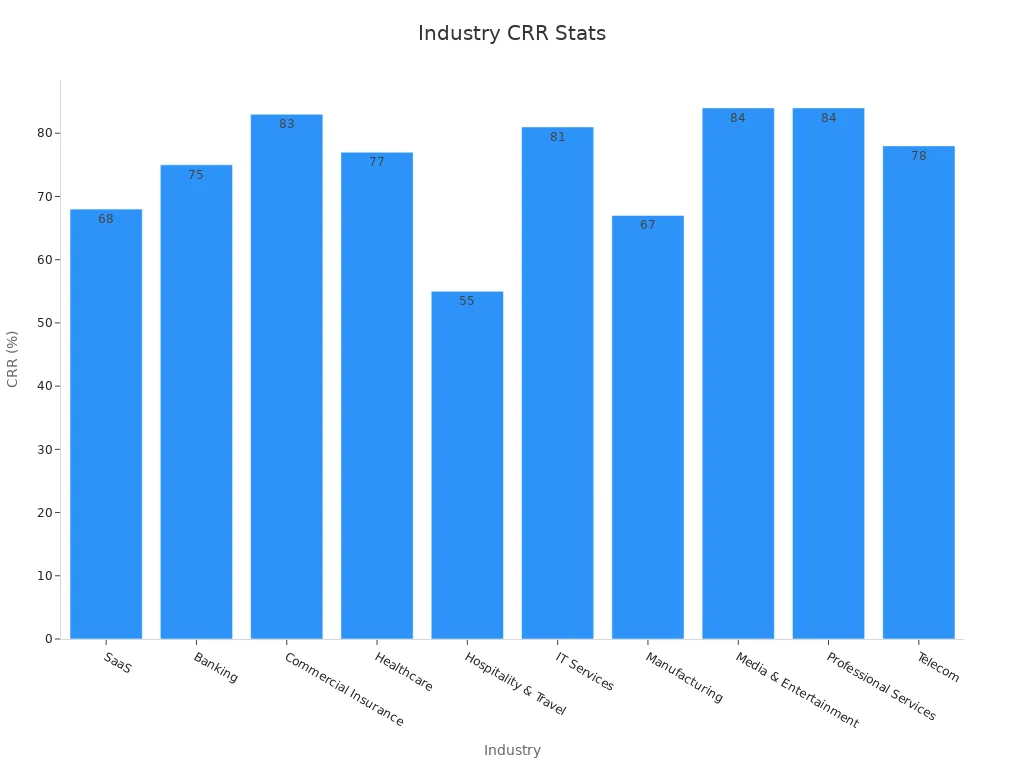
You can see that industries like media and professional services have the highest customer retention rates, reaching up to 84%. Hospitality and travel have the lowest, at 55%. Higher customer retention rates lead to more stable revenue, less customer churn, and stronger loyalty. When you use Sobot Live Chat, you can track your customer retention metrics in real time and spot trends before churn becomes a problem.
User Retention Metrics
User retention metrics help you measure how many users keep coming back to your product or service. These metrics include customer retention rate, churn rate, and customer lifetime value. Each metric gives you a different view of your customer base and helps you make better decisions.
- Customer retention rate tells you how many customers stay with you.
- Churn rate shows the percentage of customers lost during a period. For example, if you lose 50 out of 1,000 customers, your churn rate is 5%.
- Customer lifetime value estimates the total revenue you can expect from a customer over their relationship with your business.
Tip: Tracking user retention metrics helps you find out why customers leave and what keeps them loyal. Companies like Starbucks use loyalty programs and personalized offers to boost retention. Subscription models, such as Netflix and Amazon Prime, keep users engaged and reduce churn. Businesses that use AI and automation, like Sobot’s omnichannel solutions, can personalize experiences and improve user retention metrics across every channel.
Research shows that even a 5% increase in customer retention can boost profits significantly. Customer-obsessed organizations outperform others in revenue and retention. By focusing on user retention metrics, you can lower your monthly customer churn rate and increase customer lifetime value.
Customer Satisfaction Score
Customer satisfaction score (CSAT) measures how happy your customers are with your service or product. You usually collect this score through surveys after a purchase or support interaction. High CSAT scores mean your customers are satisfied and likely to return. Studies show that the top two CSAT response groups are strong predictors of customer retention. Satisfied customers tend to buy again, recommend your brand, and stay loyal.
TextExpander and CustomerGauge both highlight that high CSAT scores lead to repeat business and higher customer lifetime value. Airbnb’s analysis of 600,000 guest feedbacks found that promoters—those with high satisfaction—are much more likely to book again and refer others. Companies that track operational metrics alongside customer satisfaction see an average 23% improvement in CSAT scores. This improvement leads to lower customer churn and higher retention.
Sobot Live Chat makes it easy to collect and analyze customer satisfaction metrics. You can send satisfaction surveys after every chat or call, track responses, and use the data to improve your service. When you focus on customer satisfaction, you build trust, reduce churn, and increase your customer retention rate.
Essential Customer Loyalty Metrics
Understanding customer loyalty metrics helps you measure how well your business builds lasting relationships. These metrics show you which customers are likely to return, spend more, and recommend your brand. By tracking the right metrics, you can boost your loyal customer rate, increase existing customer revenue growth rate, and drive long-term success. Let’s explore the most important metrics for customer loyalty.
Net Promoter Score (NPS)
Net Promoter Score (NPS) is a simple yet powerful metric that measures customer loyalty. You ask customers, “How likely are you to recommend our brand to a friend or colleague?” They answer on a scale from 0 to 10. Scores of 9-10 are promoters, 7-8 are passives, and 0-6 are detractors. NPS is calculated by subtracting the percentage of detractors from promoters.
NPS has a strong link to business growth. For example, a leading UK retailer found that a one-point increase in NPS led to a 0.5% rise in annual revenue, which added £3 million in sales—more than opening a new store. Companies like American Express see promoters spend 10-15% more and stay loyal four to five times longer. In telecom, iiNet saw a one-point NPS increase bring A$1.6 million in net profit. These results show that NPS is a key metric for tracking customer loyalty and predicting existing customer revenue growth rate.
Tip: Use Sobot Live Chat to collect NPS feedback after every interaction. Built-in analytics help you spot trends and improve your loyal customer rate.
| Company/Industry | Key Statistical Evidence | Impact on Customer Loyalty / Business Outcome |
|---|---|---|
| American Express (B2C) | Promoters spend 10-15% more; 4-5x retention increase; lower operating expenses. | NPS strongly linked to spending, retention, and shareholder value. |
| Philips Lighting (B2B) | NPS increase linked to 70% revenue growth; NPS decline linked to 24% revenue drop. | NPS changes directly impact account revenue growth/shrinkage. |
| DFS Retail (B2C) | 1-point NPS increase = 0.5% annual revenue increase (~£3 million). | NPS increases translate to significant revenue gains. |
Repeat Purchase Rate
Repeat purchase rate (RPR) is the percentage of customers who buy from you again after their first purchase. This metric shows how well you turn first-time buyers into loyal customers. For example, if your handbag brand has 1,000 customers and 300 of them buy again, your repeat purchase ratio is 30%. A high repeat purchase ratio means your customers trust your brand and keep coming back.
You can improve your repeat purchase ratio by offering personalized recommendations, exclusive deals, and loyalty programs. These strategies help you increase your loyal customer rate and drive existing customer revenue growth rate. Industries like beauty and cosmetics often see repeat purchase rates of 40-50%, while apparel brands average 30-40%. Repeat customers are more cost-effective to serve, spend more, and often become brand advocates.
| Industry | Average Repeat Purchase Rate |
|---|---|
| Apparel | 30-40% |
| Beauty and Cosmetics | 40-50% |
| Food and Beverage | 20-30% |
| Electronics | 15-25% |
Note: Sobot’s unified workspace lets you track repeat purchase ratio and loyal customer rate across all channels. You can use this data to create targeted offers and boost customer loyalty.
Customer Lifetime Value
Customer lifetime value (CLV) tells you how much revenue you can expect from a customer over their entire relationship with your business. This metric combines average purchase value, purchase frequency, and customer lifespan. For example, if a customer spends $100 per order, buys four times a year, and stays with you for five years, their customer lifetime value is $2,000.
You can use CLV to measure existing customer revenue growth rate and decide how much to invest in acquiring new customers. A high CLV to customer acquisition cost (CAC) ratio means your business is healthy. If your CLV is $2,000 and CAC is $500, you get a 4x return on investment. Improving retention from 15% to 10% can raise CLV by 20%. Segmenting CLV by channel helps you focus your marketing budget where it matters most.
- Simple CLV formula: (Average Purchase Value × Purchase Frequency) × Customer Lifespan
- Gross margin CLV: (Average Revenue per Customer per Period × Gross Margin) × Customer Lifespan per Period
- Predictive CLV uses AI and historical data for more accurate forecasts
Tip: Sobot’s analytics tools help you track customer lifetime value, loyal customer rate, and existing customer revenue growth rate. You can use these insights to personalize offers and maximize long-term revenue.
Tools for Tracking Customer Retention and Loyalty
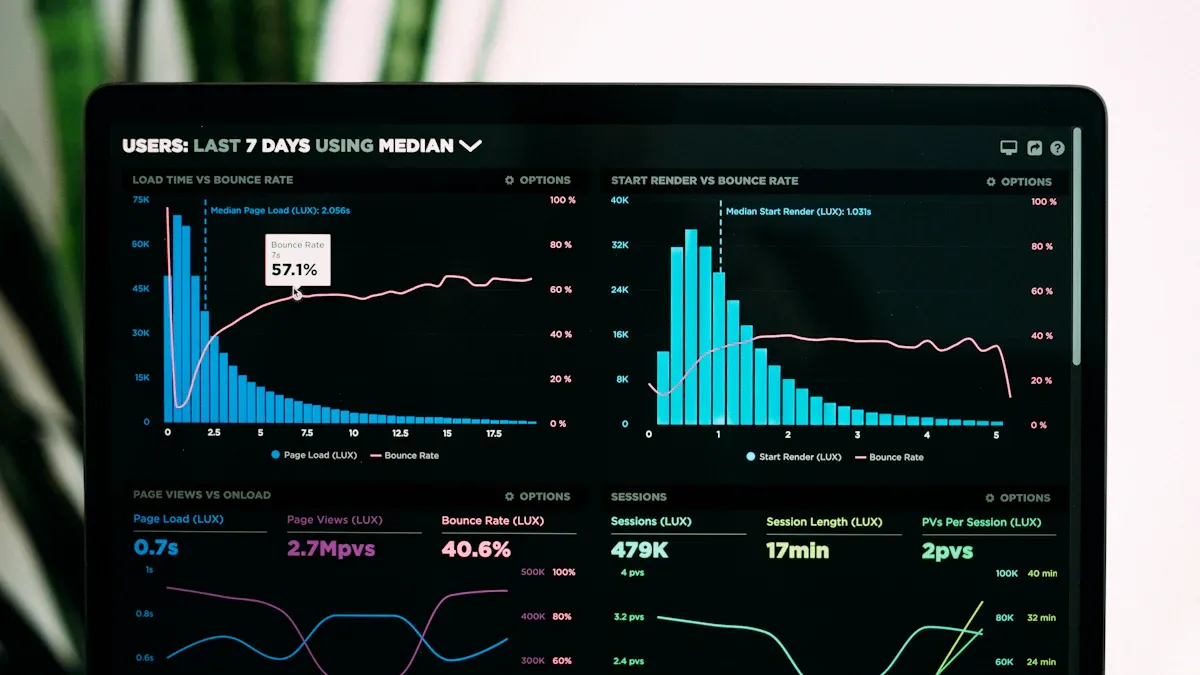
Tracking customer retention and loyalty becomes much easier when you use the right tools. These tools help you collect data, analyze trends, and take action to improve your customer relationships. Let’s look at the most effective tools you can use.
Sobot Live Chat
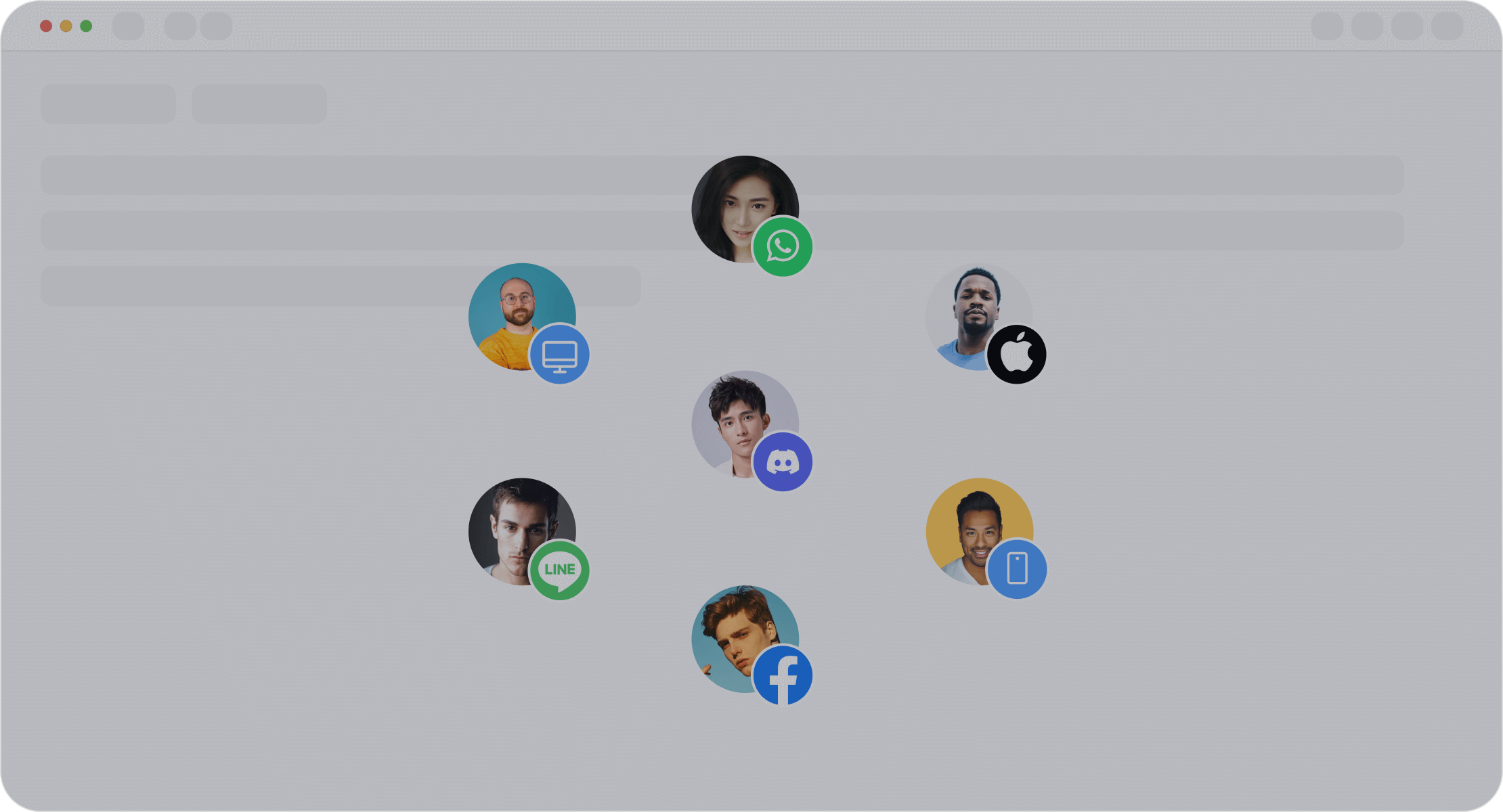
Sobot Live Chat stands out as a powerful tool for managing customer engagement across all channels. You can connect with your customers on websites, apps, and social media, all from one unified workspace. The platform uses AI-powered analytics to track over 150 indicators, helping you spot trends in customer behavior and satisfaction. You can also integrate Sobot Live Chat with your CRM and ticketing systems, making it easy to keep all customer data in one place. Michael Kors used Sobot to reduce response time by 83% and boost customer satisfaction to 95%. These results show how the right tools can transform your customer retention strategy. Learn more about Sobot Live Chat.
CRM and Analytics Platforms
CRM and analytics platforms give you a deeper look into your customer base. These tools segment customers by purchase history, engagement, and profitability. You can track key metrics like repeat purchases and customer lifetime value. For example, loyalty program analytics use control groups to show how programs increase repeat purchases. The Bespoke Collection improved customer engagement and sales after using CRM analytics. These platforms help you personalize marketing, resolve issues faster, and build stronger customer relationships.
Survey and Feedback Tools
Survey and feedback tools let you hear directly from your customers. You can use surveys after purchases or support chats to measure satisfaction and spot problems early. Platforms like ClearlyRated combine survey data with metrics such as retention rate and Net Promoter Score. Moxo shows that regular feedback helps you set clear goals and improve products. Companies that use these tools see higher customer satisfaction and loyalty.
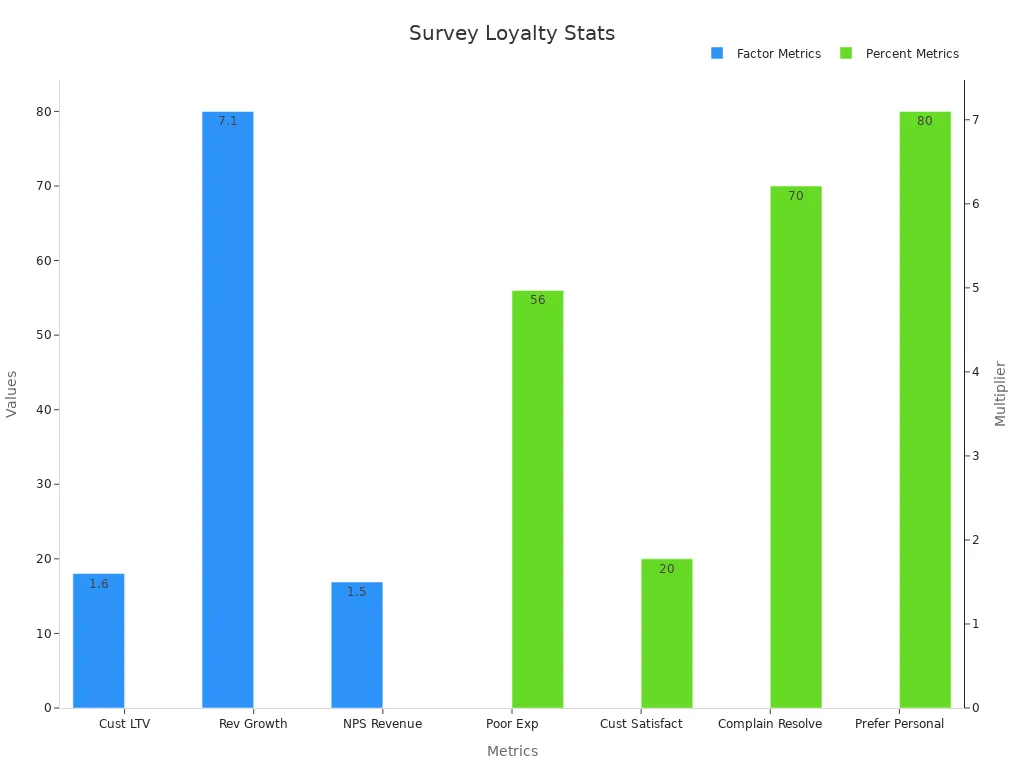
A focus on customer experience, measured through these tools, leads to 1.6 times higher customer lifetime value and 7.1 times higher revenue growth. Quick feedback helps you fix issues and keep customers coming back.
Improving Customer Retention and Customer Loyalty
Personalization Strategies
You can boost customer retention by using personalization strategies that make every customer feel valued. When you tailor the customer experience, you show customers that you understand their needs. Many top brands use personalization to keep customers coming back. For example, Spotify creates custom playlists for each user, which keeps users engaged and reduces churn. Starbucks runs targeted campaigns in its app, helping customers learn about rewards and boosting retention.
Here is how leading companies use personalization to improve customer retention:
| Company | Personalization Strategy | Impact on Customer Retention |
|---|---|---|
| Spotify | Personalized playlists and “Spotify Wrapped” | Keeps users engaged, reduces churn, and increases loyalty |
| Peloton | Community features and video chat | Fosters belonging, encourages frequent use, and supports retention |
| Uber Eats | Tailored in-app offers and discounts | Increases engagement and conversion, lowers churn |
| Walmart | Location-based promotions | Delivers relevant offers, improves shopping experience, and boosts retention |
You can follow these strategies by using tools like Sobot Live Chat, which helps you segment customers and deliver personalized messages across channels. Focusing on high-value customers can also increase customer lifetime value and reduce customer churn.
Proactive Communication
Proactive communication is one of the most effective customer retention strategies. When you reach out to customers before they have issues, you improve the customer experience and reduce churn. A Customer Success Leadership Study found that 82% of leaders who invest in proactive communication see better retention and loyalty. Companies like Mention reduced churn by 22% in one month by sending automated emails to address user concerns. Groove lowered churn by 71% with targeted campaigns.
Tip: Use Sobot’s omnichannel platform to send timely updates, reminders, and support messages. This keeps customers informed and engaged, lowering customer churn and improving retention metrics.
Data-Driven Decisions
You can use data-driven decisions to improve customer retention and customer experience. Companies like Netflix and Starbucks analyze customer data to personalize offers and predict churn. Netflix uses analytics to recommend shows, which keeps users watching and reduces churn. Starbucks personalizes rewards based on purchase data, increasing customer lifetime value.
Sobot’s analytics tools help you track key metrics, spot trends, and make informed choices. By understanding customer behavior, you can adjust your strategies, improve the customer experience, and increase retention. Data-driven customer retention strategies help you focus on what works and reduce customer churn.
Integrating Metrics and Tools
Automated Tracking
You can make customer retention simple by using automated tracking. Automated systems like Sobot Live Chat help you monitor customer retention in real time. These systems use AI to track every customer interaction and measure important metrics. For example, you can see first-contact resolution, which shows if you solve customer issues right away. You can also check average handle time to see how fast your team responds. Resolution rate tells you how many customer problems you fix with automation. These features help you improve customer retention by making your service faster and more reliable.
Automated tracking also uses advanced methods:
- Dynamic customer micro-segmentation groups customers by behavior for targeted retention actions.
- Behavior modeling predicts how each group will respond to your campaigns.
- Customer lifetime value forecasting helps you see the long-term impact of your retention strategies.
- Self-learning systems test and refine actions to boost customer retention.
Workflow Integration
You can boost customer retention by integrating metrics and tools into your daily workflow. Start by designing a unified workflow that combines all your customer retention processes. Use platforms like Sobot to connect live chat, CRM, and analytics. This integration lets you track customer retention across every channel.
Best practices include:
- Set clear business goals for your retention workflow.
- Involve your team in workflow design and feedback.
- Use project management tools to keep tasks organized.
- Monitor key metrics like cycle times and error rates.
- Train your staff and encourage collaboration.
Companies that integrate CRM with automated marketing see a 35% increase in repeat purchases. Real-time data syncing and strong encryption keep customer data safe and up to date.
| Integration Technique | Engagement Metric Impact |
|---|---|
| CRM system integrated with automated marketing | 35% increase in repeat purchases |
| A/B testing with machine learning | Higher click-through rates, better retention |
Continuous Improvement
Continuous improvement is key to strong customer retention. You need to keep refining your retention strategies based on customer feedback and data. Use models like RFM (Recency, Frequency, Monetary) to analyze customer behavior. Churn prediction models help you spot customers at risk of leaving. Customer segmentation lets you tailor retention offers.
You should:
- Collect feedback through surveys and reviews.
- Track metrics like engagement rates and Net Promoter Score.
- Adjust your retention programs based on what works best.
Loyalty programs and personalized messages encourage repeat purchases. Companies that focus on continuous improvement see higher customer retention and lower costs. Sobot’s analytics help you monitor trends and make smart changes to your retention strategy.
Tracking customer retention and loyalty with the right metrics gives you a clear path to growth. Sobot and Sobot Live Chat help you collect feedback, personalize service, and improve every customer interaction. Many companies see strong results when they focus on these strategies:
- Dropbox increased retention by 20% with referrals.
- Apple improved retention by 10-15% using feedback loops.
- Spotify cut churn by 50% through better onboarding.
Start measuring your customer data today. You can boost satisfaction, loyalty, and long-term success.
FAQ
What is the difference between customer retention and customer loyalty?
Customer retention means you keep customers coming back. Customer loyalty means customers trust your brand and recommend it to others. Both are important. High customer retention rate often leads to strong customer loyalty. Sobot helps you track both with easy-to-use customer retention metrics.
How do I measure customer retention rate?
You measure customer retention rate by tracking how many customers stay with you over a set time. For example, if you start with 100 customers and keep 90, your customer retention rate is 90%. Sobot Live Chat provides real-time tracking for this key metric.
Why are customer retention metrics important for my business?
Customer retention metrics show you how well you keep customers. High customer retention means lower costs and more profit. Research shows a 5% increase in retention can boost profits by up to 95% (Harvard Business Review). Sobot’s analytics make tracking simple.
How can I improve customer satisfaction and loyalty?
You can improve customer satisfaction by responding quickly and personalizing service. Sobot Live Chat helps you do this across all channels. Happy customers often become loyal customers. High customer satisfaction scores lead to better customer retention and more repeat purchases.
What tools help track customer retention and customer loyalty?
You can use Sobot Live Chat, CRM systems, and survey tools to track customer retention and customer loyalty. Sobot’s unified workspace lets you monitor customer retention metrics, customer satisfaction, and customer loyalty in one place. This helps you make smart business decisions.
See Also
Effective Strategies To Improve Customer Satisfaction In Live Chat
Ways To Enhance Call Center Results Through Monitoring Tools
Comparing The Best Voice Of Customer Software Solutions
